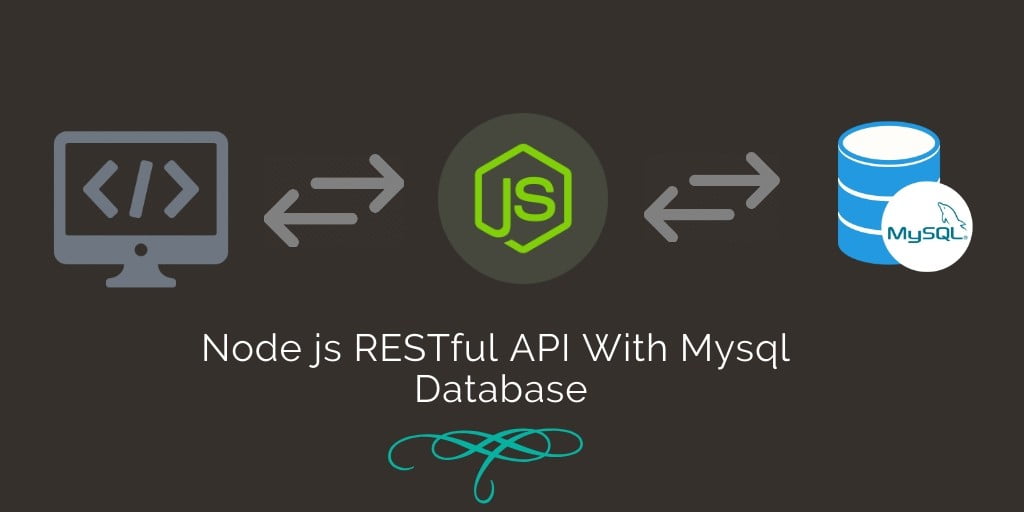
The caveat here is these rules of semantic versioning rules only apply if the developer of the package you're depending on uses semantic versioning rules. The first number in semantic versioning indicates a major version and it indicates that there are breaking changes with previous versions, and so, it should be heavily tested before updating your application dependencies. The middle number, known as the minor version, is used to indicate bug fixes and new features that, again, don't break backwards compatibility and should be safe to apply. This is primarily used for releasing bug fixes for the current version, and it doesn't break backwards compatibility.
#NODEJS JSON COMPARE PATCH#
According to semantic versioning rules, the rightmost number is used for the patch level. That's going to include version 1.1, version 1.2, version 1.3, and so on, but it will stop once the package version increments to version 2.0The remaining question becomes, "Who cares?" and the answer lies within semantic versioning. The carat, on the other hand, is used for locking the major version, meaning that all release versions in version 1 release cycle meet the dependency requirements.
#NODEJS JSON COMPARE UPGRADE#
That's going to remain true for all patch-level upgrades, if the latest release version increments to 1.1.2, we'll get it, or 1.1.3 or 1.1.4, and so on, but it will not upgrade to version 1.2.
#NODEJS JSON COMPARE INSTALL#
This means that if the package dependency updates to version 1.1.1, your node modules directory will update to that version the next time you run npm install or npm update.

If instead I specify a tilde in front of it, it's going to lock the dependency to the specified minor version.

This is also going to lock in the exact version of the dependency, meaning that for connect-mongo only version, 1.1.0is going to be installed, regardless of what the latest version is. You can specify your version like this and that will satisfy the dependency for your application. But frequently, you'll also see the tilde or the carat prefacing the version specified. Chai is a popular assertion library for Node.js. We have the package name followed by the version number. Comparing & testing JavaScript non-primitive/reference data types using the Chai library. const buf3 = Buffer.If you look in the dependencies in your package.json file, you'll see all of the dependencies listed like this. This is faster than calling Buffer.alloc() but the returned // Buffer instance might contain old data that needs to be // overwritten using fill(), write(), or other functions that fill the Buffer's // contents. Creates an uninitialized buffer of length 10. Creates a Buffer of length 10, // filled with bytes which all have the value `1`. Creates a zero-filled Buffer of length 10. Recommended to explicitly reference it via an import or require statement. While the Buffer class is available within the global scope, it is still Plain Uint8Arrays wherever Buffers are supported as well. The Buffer class is a subclass of JavaScript's Uint8Array class andĮxtends it with methods that cover additional use cases.

The -zero-fill-buffers command-line option.om(), Buffer.alloc(), and Buffer.allocUnsafe().buf.writeUIntLE(value, offset, byteLength).buf.writeUIntBE(value, offset, byteLength).



 0 kommentar(er)
0 kommentar(er)
